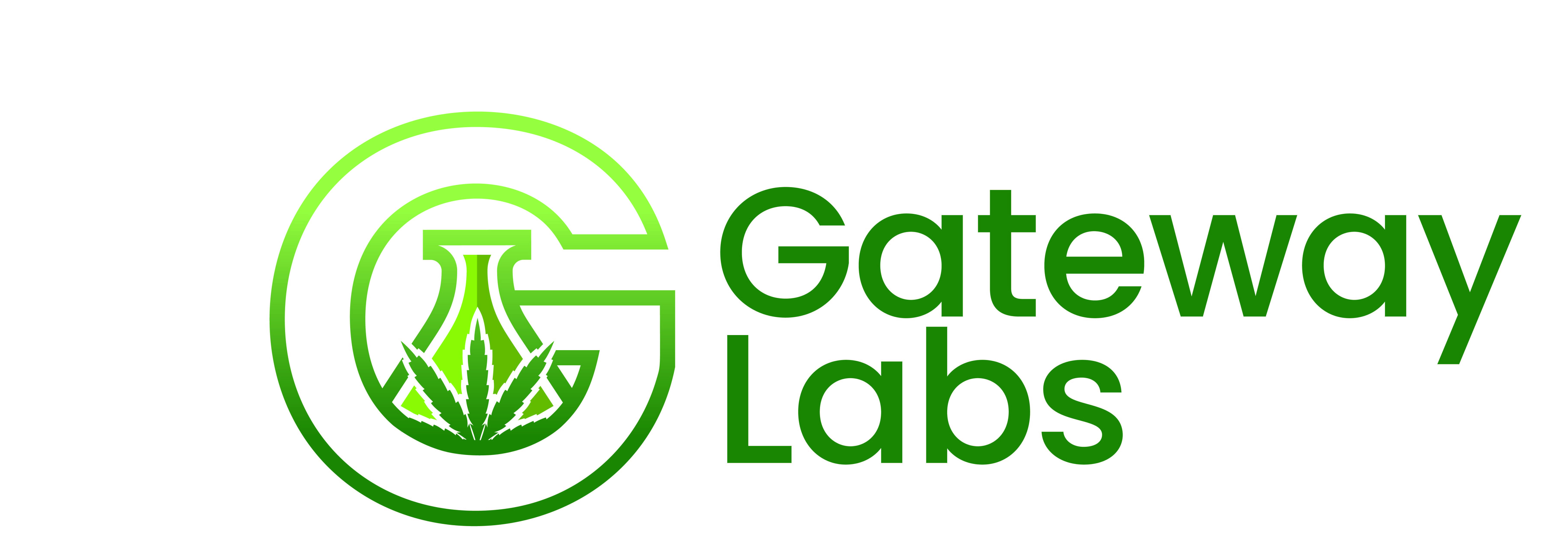Standards / Methodologies:
Pesticides & Mycotoxins:
Pesticides are chemical compounds that are used to kill, control or prevent pests like insects, rodents and fungi. Many of these chemicals can pose a risk to patients if present over certain quantities. Mycotoxins are toxic substances produced by fungi on the different substrates where they grow. Mycotoxins can be toxic when inhaled, absorbed through the skin, or consumed at very low concentration levels.
Both pesticides and mycotoxins testing is performed with the same Agilent High Performance Liquid Chromatography Tandem Mass Spectrometry (LC-MS-MS) instrument in a single analysis.
Microbials
Microbial contamination can make people sick when consumed. We can help you avoid and isolate contamination issues. Microbial testing will be performed by quantitative Polymerase Chain Reaction (qPCR). This genomic technique provides the most sensitive testing with a faster turnaround time than conventional microbial plating techniques
Heavy Metals
Certain metals are harmful at elevated levels and can cause health risks which is why heavy metals testing is critical for patient safety.
Heavy Metals testing is performed using inductively coupled plasma mass spectrometry (ICP-MS). Samples are homogenized and digested to break down the matrix and extract the heave metals into solution.
Potency
THC is the main psychotropic ingredient in cannabis while CBD is the primary non-psychotropic therapeutic component. Because each of these chemical structures can be altered during production and consumption, 13 cannabinoids will be quantified in a single analysis.
Terpenes
Terpenes are a class of over 20,000 oils that give plants their distinct flavors and aromas. We test for 21 terpenes, including the 17 most common.
Residual Solvents
Residual solvents/chemical residue, if consumed, can be harmful to patients. Residual solvents/chemical residue will be monitored by Gas Chromatography-Flame Ionization Detection (GC-FID).
Water Activity
Similar to moisture analysis, water activity measures the amount of water in your product and how microbes will react to it. Higher water activity indicates higher potential for microbial growth, and lower activity indicates less likelihood of growth, therefore a longer, more stable shelf-life.
Moisture Content
Even the smallest amount of moisture in your product can lead to harmful growth such as yeast or mold which can ruin an entire batch of product. Moisture effects many things such as shelf-life, taste, and potency.
Filth & Contaminants
This test will detect for foreign matter and other substances that shouldn't be in your plant products such as insects, plastic, glass, or metal shavings.
